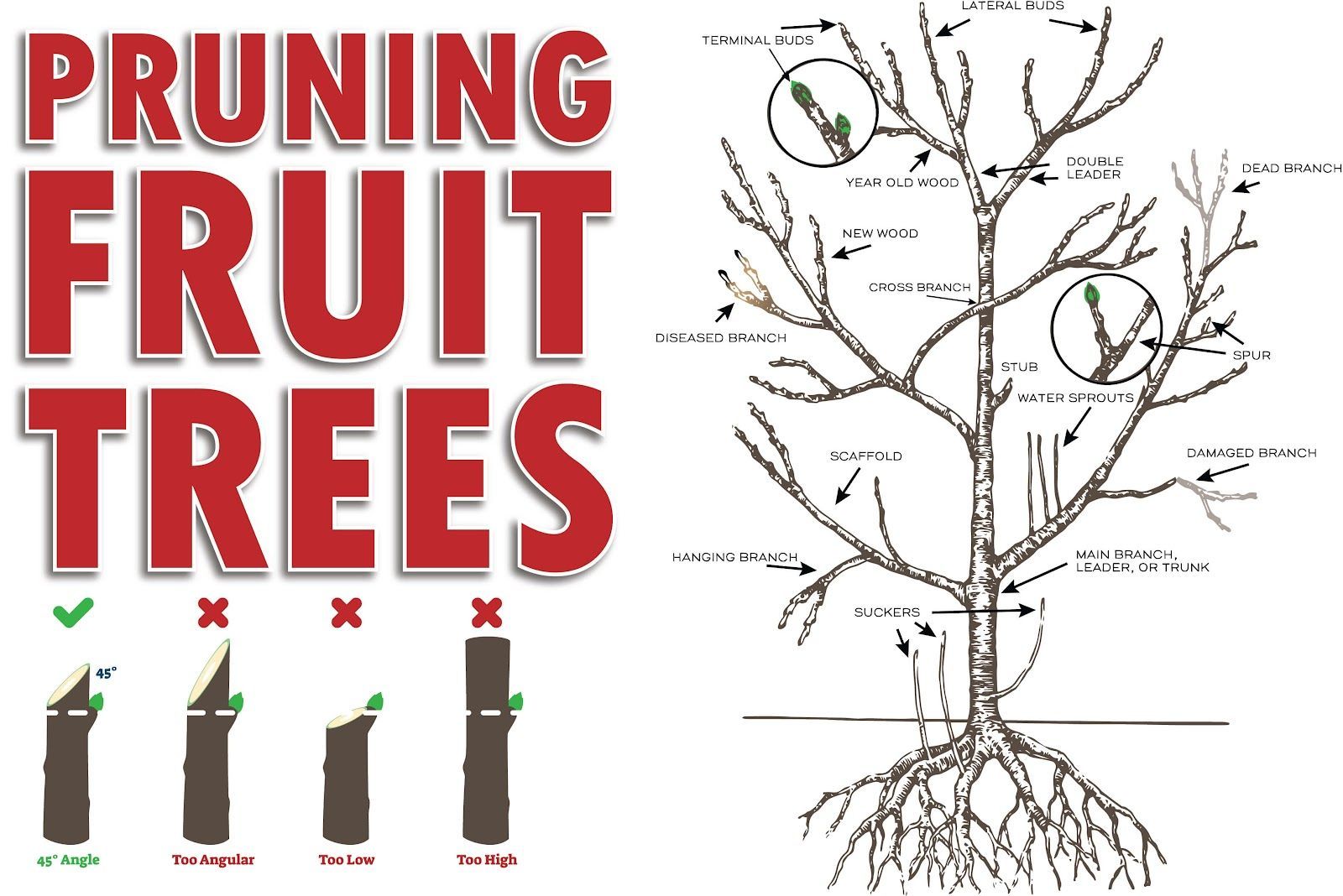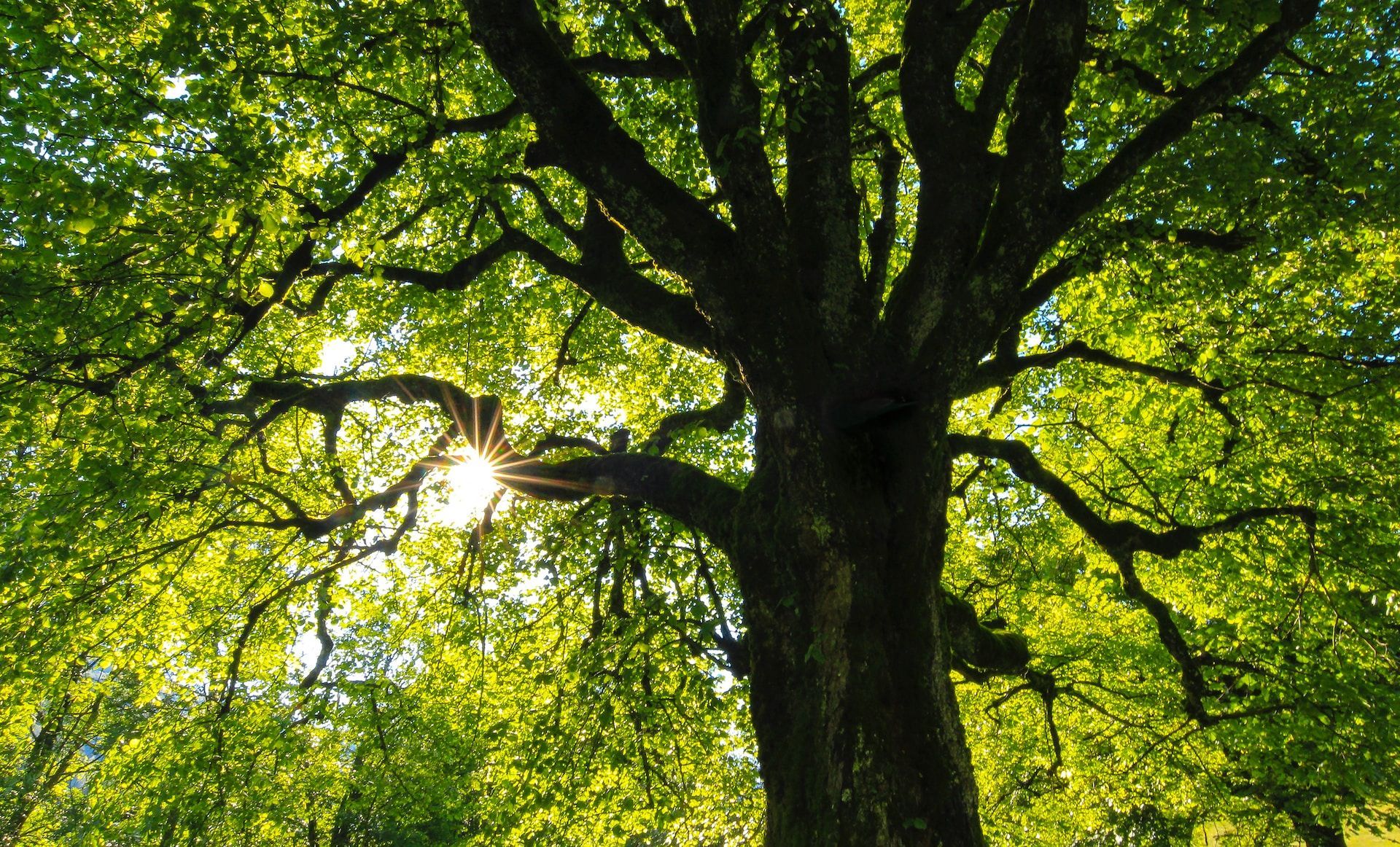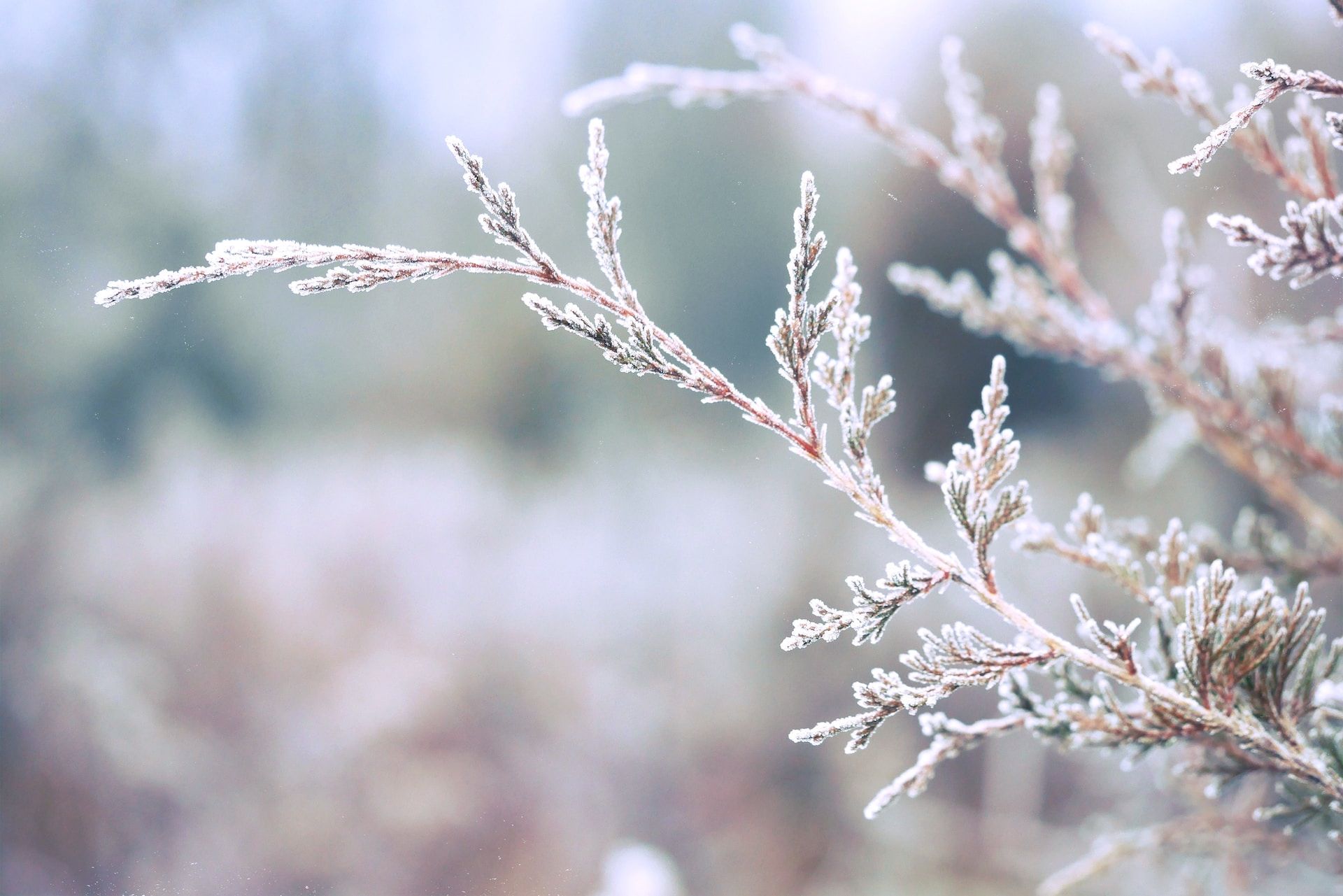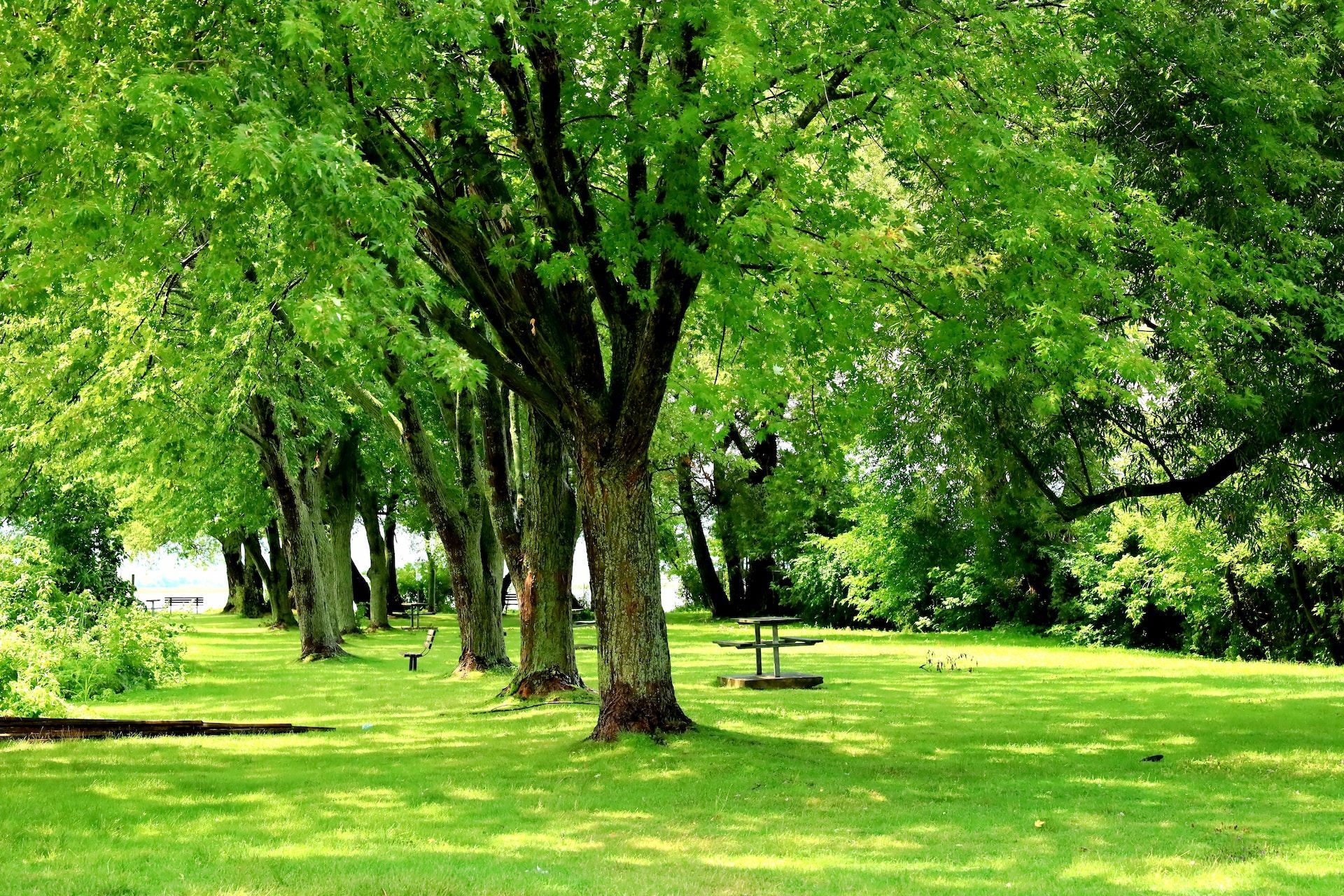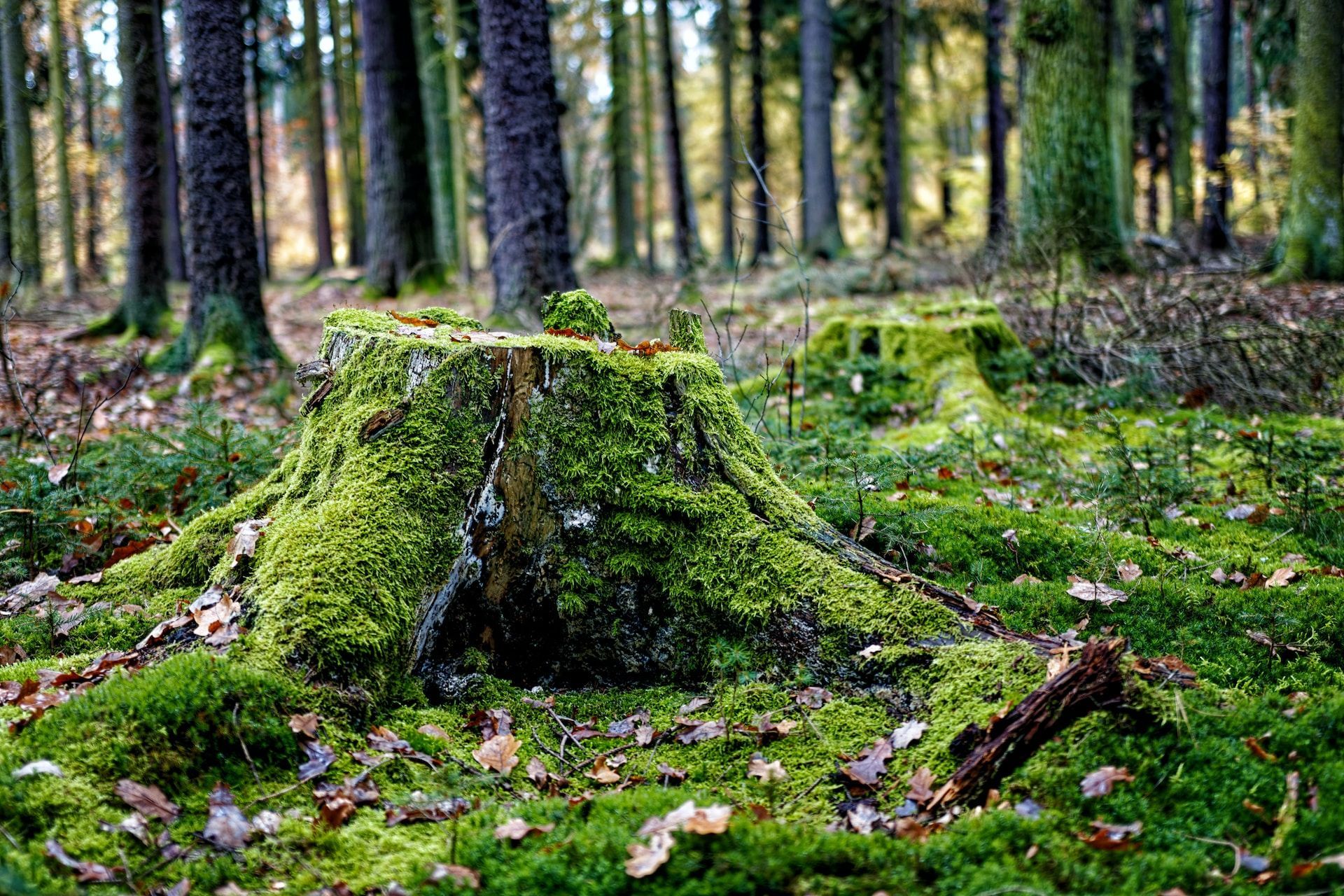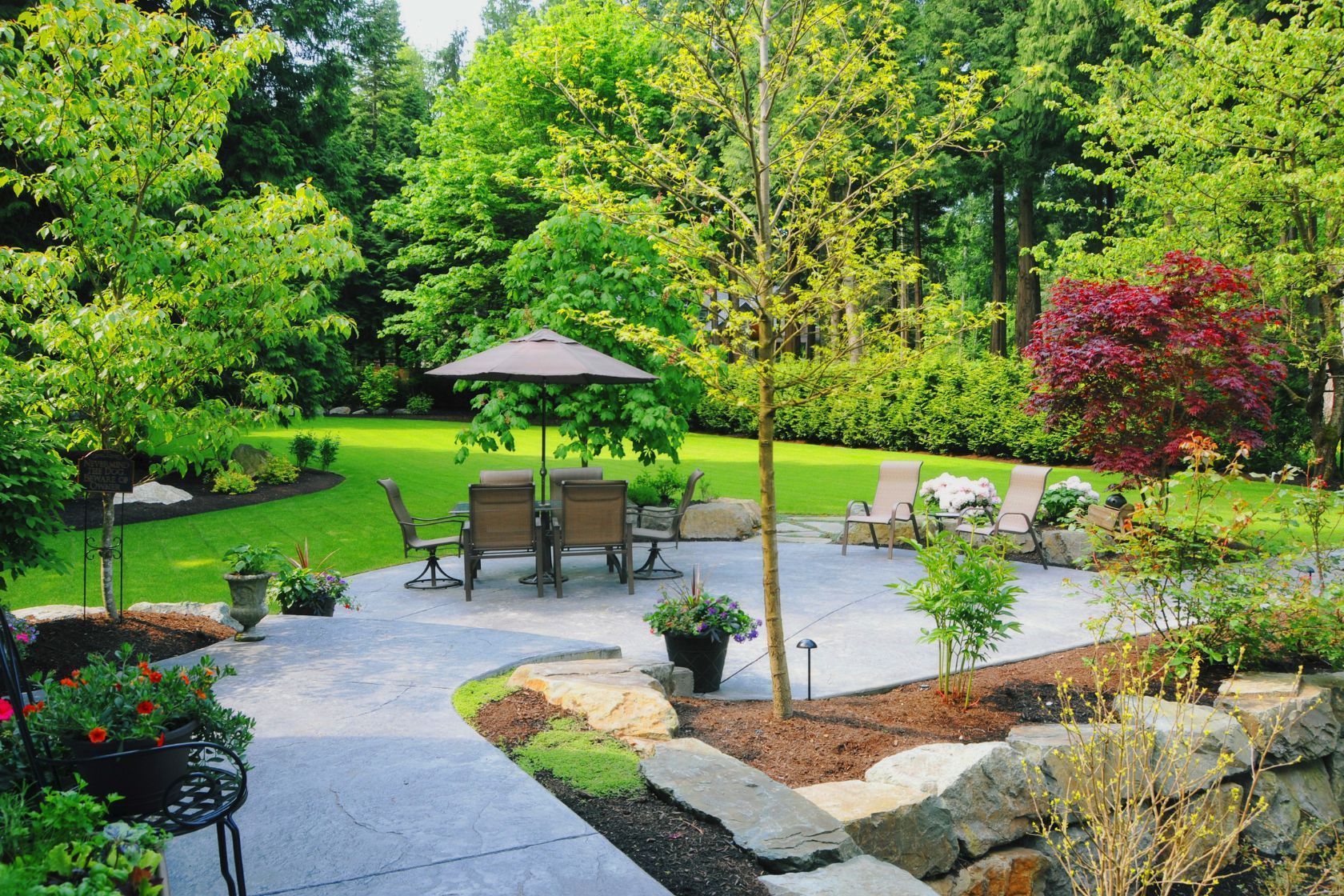The Art of Tree Pruning: Essential Tips for Healthy Trees
Trees serve as remarkable anchors in our landscapes, offering beauty, shade, wildlife habitat, and myriad ecological benefits. Maintaining these living assets requires proper care and attention, and tree pruning stands as a central aspect of that responsibility. Pruning, or carefully trimming branches from a tree, helps promote healthier growth, enhances the tree's structural integrity, and keeps your property safe from falling limbs. However, it is important to remember that improper pruning can often be more harmful than no pruning at all.
At Climber’s Choice Tree Care, we are here to help guide you through the science and art of tree pruning. Our goal is to provide homeowners, property managers, and tree enthusiasts with the knowledge and tools necessary for successful tree pruning, ultimately fostering healthier, stronger, and more beautiful trees.
In this blog post, we will delve into the why, when, and how of tree pruning. We will address key questions such as how pruning enhances tree health and curb appeal, the ideal time of year to prune different species of trees, the recommended tools and techniques for safe and effective pruning, and so on. This comprehensive guide will make pruning an approachable task for tree owners of all experience levels.
While our primary aim is to empower you with DIY tree care knowledge, we will also illustrate when it becomes necessary to call in a professional, such as in the event of storm-damaged limbs, oversized trees, or complex pruning tasks.
Our dedication goes beyond offering tree care services. We are passionate about providing education to our community, promoting respect for our environment, and ensuring safe practices for the care of these remarkable natural wonders. Join us as we explore the essential components of tree pruning and set forth toward creating healthier, more resilient trees and landscapes.
The Importance of Tree Pruning: Why It Matters
Tree pruning is not just about aesthetics; it also plays a crucial role in promoting overall tree health and preventing hazardous conditions. Here are a few key benefits of proper tree pruning:
1. Enhanced Tree Health
Removing dead, dying, or diseased branches helps prevent the spread of decay and pathogens. Pruning also fosters a better balance of nutrients and sunlight exposure amongst a tree's remaining branches.
2. Safety Protection
Regular pruning minimizes the risk of falling branches, which can cause personal injury or property damage, especially during severe storms and high winds.
3. Structural Integrity
Cutting away weak or crowded branches and developing a strong central leader supports a tree's stable growth and long-term structure.
4. Visual Appeal
Pruning can help shape a tree to your desired form, improve its appearance, and maximize the impact it has on your property's curb appeal.
Understanding these benefits is essential for maintaining healthy, beautiful, and safe trees within your landscape.
Timing Your Tree Pruning: When to Make the Cut
While pruning may seem like a straightforward task, improper timing can significantly impact your tree's health and longevity. Here are some tree species-specific guidelines on when to prune:
1. Deciduous Trees
For most deciduous trees, the ideal pruning time is during the dormancy period in late fall or winter. Pruning before spring growth promotes faster healing and minimizes the risk of pest infestations or disease entry through pruning wounds.
2. Evergreen Trees
For evergreens, light pruning is best performed during the early spring, with more severe cuts made in mid to late spring or around mid-summer. This timing allows the tree to recover before the following winter.
3. Flowering Trees
Trees that bloom on the current year's growth, such as crape myrtle, should be pruned in late winter to early spring. Trees that bloom on last year's wood, such as dogwood, should be pruned after their flowers fade.
Consider your tree's species and growth habits when planning your pruning activities to maximize their effectiveness and minimize harm.
Tree Pruning Techniques and Tools: The How-To Guide
The success of your pruning efforts depends on adopting proper techniques and using the right tools. Here are some essential tips:
1. Start Small
When beginning your pruning efforts, focus on smaller branches (less than 2 inches in diameter), as they are easier to manage and cause less stress for the tree.
2. Collar and Branch Cuts
Prune branches close to the branch collar (the swollen area where the branch meets the trunk) without cutting into it. Trim smaller branches at a 45-degree angle just beyond an outward-facing bud, which promotes healthy new growth.
3. Three-Cut Method
For larger branches, use the three-cut method to avoid tearing or ripping the bark. Make an undercut about 6-12 inches from the trunk, followed by a top cut farther outward to remove the branch weight, and finish by removing the remaining stub at the branch collar.
4. Proper Tools
Choose the appropriate tool for the job: hand pruners for smaller branches, loppers for medium branches, and pruning saws for larger branches. Always use sharp, clean tools to ensure precise cuts and prevent disease transmission.
By following these techniques and using the right equipment, you can optimize your pruning process for healthier trees.
When to Call in a Tree Care Professional
While many pruning jobs can be tackled independently, certain situations warrant the attention of a qualified arborist.
1. High/Branches and Hazardous Trees
If the area you need to prune is above your reach, near power lines, or poses a potential risk, it’s best to call a professional.
2. Complex Pruning Tasks
Certain pruning tasks, such as crown reduction or the removal of large limbs, require specialized skills and equipment.
3. Tree Health Issues
If you suspect pest infestations or tree diseases, consulting with a professional can save your tree from further damage and potential loss.
In these instances, the informed guidance and assistance of a tree care professional can help ensure your tree's continued health and safety.
Conclusion
Mastering the art of tree pruning is essential for maintaining healthy, vibrant trees that enhance your property and contribute to a resilient landscape. By understanding the importance, timing, techniques, and tools of tree pruning, as well as when to seek professional assistance, you'll become a more effective steward of your trees and environment.
At Climber’s Choice Tree Care, our commitment is not just about providing expert
tree pruning in Littleton but also empowering you with the knowledge and guidance to cultivate thriving beautiful outdoor spaces. Together, let's embark on this journey to nurture the trees that provide us so much value every day. Contact us today to schedule an appointment!

